BY CAROL MARBIN MILLER CMARBIN@MIAMIHERALD.COM
At his grandmother’s Lee County home, life was bleak for Michael McMullen and his three siblings. They slept in an animal’s cage, were apparently beaten, and may have been drugged as well to keep them manageable.
Child welfare workers are supposed to rescue children from such a home.
Except child welfare workers were the ones who put the kids in the home of grandma Gale Watkins — after deciding their mother’s home was too dangerous an environment.
By the time the Department of Children & Families grasped that things were even worse at the grandmother’s home, it was too late for Michael. The 3-year-old was dead. According to the Lee County Sheriff’s Office, he died when he was wrapped tightly, straitjacket style, in various layers of blanketing, a form of discipline in the home of Gale Watkins.
The boy was trussed up so tightly he simply stopped breathing.
Watkins, 56, has been charged with aggravated manslaughter of a child, as has the boyfriend of the boy’s mother — 21-year-old Douglas Garrigus — and a 45-year-old family friend, Donella Trainor. The three were charged because all were caretakers at the time of the death.
Detectives said Trainor had developed the unusual method of disciplining Michael. The little boy would be wrapped in a blanket, with the ends of the blankets tied down “so as to prevent movement or escape.” On Oct. 19, the day of his death, Michael was “being disciplined for crying and being too rowdy,” police said. He was restrained in “six layers” of a blanket, placed face-down in bed, and then ignored as he “screamed and pleaded to be released.”
“Michael was so upset he could be heard hyperventilating and gasping for breaths as he cried,” a police report said. Garrigus told the boy to calm down, and then walked away.
Soon, Michael stopped crying.
At the time of his death, Michael had bruises on his forehead and eye, as well as bruising inside his mouth, the Medical Examiner’s Office reported.
Michael is among at least 25 children who have died since spring after DCF had investigated allegations of abuse or neglect and declared them to be safe.
“It’s horrific — a horrific murder of this poor baby,” DCF Secretary Esther Jacobo said Monday.
Both DCF and its private social-work agency in Lee County, Lutheran Services of Florida, should have done a better job of recognizing “the red flags” that were present in the boy’s home, Jacobo said. “At the very least,” Jacobo added, case workers should have significantly increased the number of visits. Investigators and caseworkers also should have seriously considered asking the judge who oversaw the family to remove the four children from the grandmother and place them in the home of either another relative, or a foster family, she said.
Michael’s death, Jacobo added, remains under investigation. “In our work with law enforcement, we feel confident that those responsible will spend many years behind bars for the horrible atrocity they committed against this innocent young boy.”
Lutheran Services of Florida fired two case workers last week, saying they “failed to follow policies.”
“While these policy violations did not cause the death of Michael, LSF will not rest until all questions are answered so we can ensure the safety of children in our care,” the group’s president, Samuel Sipes, wrote in a statement. “Lutheran Services of Florida is shocked and saddened by the tragic death of Michael McMullen, allegedly at the hands of adults responsible for his care,” the statement added.
Michael and his siblings first came to DCF’s attention last year, when DCF received a report that Garrigus kicked one of the children in the head, and a second report that the children were living in a home overrun with seven dogs, five cats and a creature described as a mixture of a racoon and a rat. The animals, the report said, left feces everywhere. In January, the agency received a third report that at least one of the children — described as disabled — was being beaten, and was “unable to communicate effectively.” The boy was seen with “two long bruises, the size of an index finger,” another “round bruise,” and a third bruise on his forehead.
A report said teachers discovered the bruises when they were forced to change his clothes, which were stained with “fecal matter.” DCF asked Samantha McMullen and her boyfriend to sign a “safety plan” promising to “follow all recommendations of DCF.”
The plan did not work. On June 3, 2012, DCF was told that Garrigus smoked “weed,” abused alcohol and used meth and Oxycodone — and that when he was impaired he “becomes extremely violent toward others.”
That was two days after Garrigus reportedly beat his girlfriend, the children’s mother, leaving handprints on both sides of her face and around her neck, and possibly breaking her jaw.
Garrigus was considered so dangerous — the home was believed to contain both guns and knives — that a DCF investigator requested that she be accompanied by police when she visited.
For his part, at least one of McMullen’s children was quite clear about living in the home: “The child is asking that the [investigator] pick up the other children because he does not want the father to kill them,” states a report from the investigation. The report added that the boy told authorities several times that he was afraid of Garrigus, who “needs to go to jail for what he did to his mother’s face.”
The children were removed from McMullen’s custody — but not from danger.
An 11-page review of Michael’s death shows that both DCF and Lutheran Services had observed — and dismissed — a host of critical red flags:
• On July 8, a month after Michael and his three siblings were sent to live with Watkins, DCF’s abuse hotline received a report that Michael and the other children were being forced to sleep in a “cat crate.” Watkins, the agency was told, was caging the children “in an attempt to stop them from getting up at night.”
Watkins said Michael “liked to sleep in the crate with his comforter because ‘he feels safe’?” there, a report said. She denied the children were forced to sleep there, as did Michael’s mom, who was in the home when an investigator arrived to look into the allegations. One of the children confirmed that both Michael and another youngster slept in the crate.
•In August, a Lutheran Services case worker observed one of the children with a “penny-size” bruise, and the girl told the worker her grandmother had hit her. Though Watkins first denied hitting the girl, she later acknowledged the punishment, saying Michael and his sister were biting each other. The case worker saw no teeth marks on either child.
• Though he had been repeatedly accused of beating both McMullen and her children, Garrigus was also in the home, and possibly living there along with McMullen. Watkins told a caseworker that one of the children “pees his pants” when Garrigus arrives — an indication the boy was petrified of his mother’s boyfriend.
• One of the children told the case manager that he and his siblings “sleep a lot” at their grandmother’s house. Police wrote that the family complained that the children were “difficult to get to sleep.” The Herald has learned that authorities believe the caregivers were sedating the children to keep them quiet.
Indeed, records of Michael’s brief odyssey in state care show that the boy was asleep during most of a caseworker’s visits to Watkins’ home:
July 8, 12:21 p.m.: “The children were seen laying down when the case manager arrived. The maternal grandmother stated it was quiet time and they all needed to take a nap.”
Aug. 8, 5:40 p.m.: “Michael in bed…Children were all asleep at visit.”
Aug. 21, 4:15 p.m.: “Dressed in pajamas” and “in bed.”
Sept. 3, 5:15 p.m.: “Maternal grandmother was in bed. Children were all in bed.”

